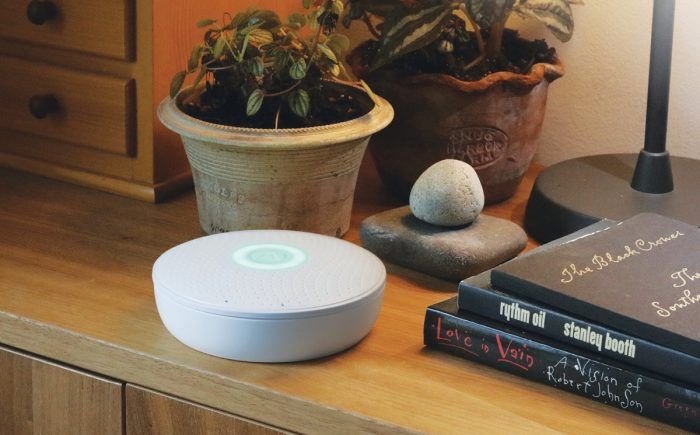Indoor Air Pollutants and Their Sources

It’s incredibly helpful to know about indoor air pollutants and their sources. Understanding what the potential pollutants are and knowing how they arrive in our homes allows us to mitigate the risks through source control, ventilation, filtration, and dehumidification.
|
|
RadonRadon causes lung cancer. And though the EPA publishes a map of radon zones that you can use to determine the risk of exposure in your area, it’s not possible to be sure if a house will have high levels of radon until it is built and tested. Because a passive radon mitigation system is a simple assembly of PVC pipe that starts below the foundation, installing one while building a new home is a smart idea. |
|
|
Carbon MonoxideHarmful in both low and high doses, CO is often called “the silent killer.” You can’t hear it, see it, smell it, or taste it. It’s the by-product of combustion, and the source can include gas stoves and water heaters, fossil-fuel-burning heating systems, unvented space heaters, cracks in chimneys, back-drafting fireplaces, automobile exhaust, generators, and tobacco smoke. |
|
|
Carbon Dioxide (And Bioeffluents)This greenhouse gas can also be unhealthy in our homes. In this case, we can’t remove the source—much of the CO2 in our homes comes from the emissions of our own respiratory system. What we can do is ventilate properly. The good news is that proper ventilation will also help with other things we exhale, called bioeffluents, which include viruses. |
|
|
Combustion AppliancesThe best approach to eliminating the indoor air quality concerns that come with combustion appliances—namely CO and particulate matter—is to eliminate them from your house. Today all-electric houses are possible. If you must have combustion appliances, sealed combustion is the safest. Also, make sure you have working CO detectors properly installed. |
|
|
Dust and ParticulatesThis category includes hair from our heads, fibers from our carpets, dirt kicked up in the driveway, and soot kicked up in the fireplace. The concern ranges from allergies (caused by pollen) to mesothelioma (caused by asbestos). Very small particulate matter, called PM2.5, is particularly concerning. It can make its way to our internal organs and cause serious diseases. For many particulates, filtration is the solution. |
|
|
Volatile Organic CompoundsIn terms of indoor air quality, it’s harmful VOCs like formaldehyde and benzene—two known carcinogens—that are concerning. VOCs have both short-term and compound effects that include increased risk for asthma; eye, nose, throat, and skin irritation; headaches, nausea, and vomiting; and cancer. Source control and ventilation can help prevent VOC exposure. |
|
|
Past and Present Building MaterialsMany harmful building materials of the past, like lead paint and asbestos insulation, are no longer in use, but may still be found in existing homes. When disturbed, they can become airborne. Solutions range from encapsulation to abatement. Today’s building materials are more benign, but some, like those that off-gas VOCs and other chemicals, can affect sensitive people. |
|
|
MoistureToo high or too low, relative humidity can both cause and exacerbate health issues. Mold grows and dust mites thrive in high relative humidity, while ozone production and respiratory infections are more common in low relative humidity. This is one of the more complex indoor air quality issues because building details, dew point temperature, and other factors affect the equation. |
|
|
BiologicalsThis is a broad category of pollutants that includes mold, viruses, bacteria, dust mites, pollen, and pet dander. The health risks range from allergies to asthma to infectious illnesses like influenza. Prevention of these effects includes maintaining healthy relative humidity levels, ensuring proper ventilation and filtration, and regularly cleaning your home. |
|
|
OzoneThe ozone layer in the atmosphere is quite important; ozone in our homes is a hazard and may cause respiratory issues and worsen preexisting conditions. Ozone generators, sold as air purifiers, may do more harm than good when it comes to improving indoor air quality. Other ozone-generating appliances should also be avoided. |
|
|
Furnishings, Cleaning Products, and MoreRugs, furniture, and everyday cleaning products—even candles and incense—can create indoor air quality issues for certain people. If you or someone in your house is sensitive, consider the potential hazard of everything you bring in, and use an indoor air quality monitor to learn how your habits may be affecting your health. |
— Brian Pontolilo, senior editor
From Fine Homebuilding #323
RELATED STORIES


























